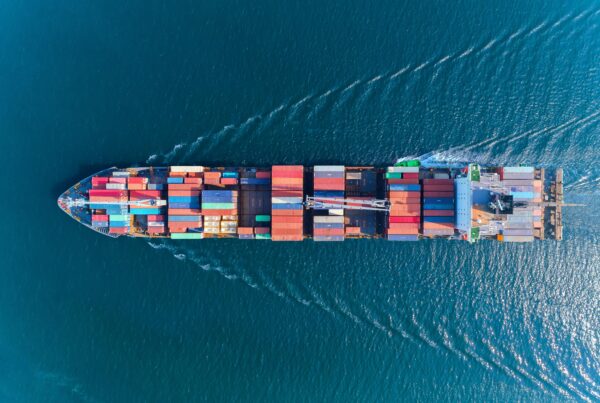The state oil company SOCAR continues to take decisive steps by opening new plants for the production of polymer products and carbamide fertilizers in Azerbaijan. This promises very good prospects for Azerbaijan to diversify the economy, reduce dependency on oil and gas sector and increase the inflow of foreign currency into the country.
SOCAR Carbamide plant is the biggest project implemented in the non-oil sector in Azerbaijan. Its total cost is about 800 million euros.
ADY Container LLC (a subsidiary of Azerbaijan Railways CJSC) jointly with the Department of Marketing and Economic Operations of SOCAR shipped the first batch of Azerbaijani carbamide in containers via the Baku-Tbilisi-Kars (BTK) railway to Turkey, Azerbaijan Railways said in a message.
“The buyer of the first batch is the BGN company. The transportation was carried out by loading bags of urea on pallets into containers at the SOCAR Carbamide plant. Further, the loaded containers were shipped via the BTK railway to Turkey,” the message notes.
SOCAR Carbamide plant began exporting carbamide in June. Interestingly, Azerbaijan’s domestic demand for carbamide is from 100,000 to 150,000 tons per year. Taking into account that the plant’s capacity for the production is approximately 660,000 tons of carbamide, up to 500,000 tons per year are planned to be exported.
The primary markets of the exports are Turkey, the countries of the Black Sea and Mediterranean regions.
The Baku-Tbilisi-Kars railway, via which Azerbaijani carbamide is exported, has already renewed the transport map of Eurasia, and acts as major traffic artery which facilitates cargo delivery.
The future attraction of European and Asian cargoes to this railway will increase the volume of multimodal transportations in both directions.
Thus, the line’s turnover capacity is expected to equal to 3-5 million tons of cargo by the third operational year, 6-8 million tons of cargo by the fifth year, and then up to 3 million passengers and 17 million tons of cargo per year.



